7 vegetables to plant in November – extend your harvests with early sowings of cold hardy crops
Discover a great selection of vegetables to plant in November, including legumes, alliums, salads, and more
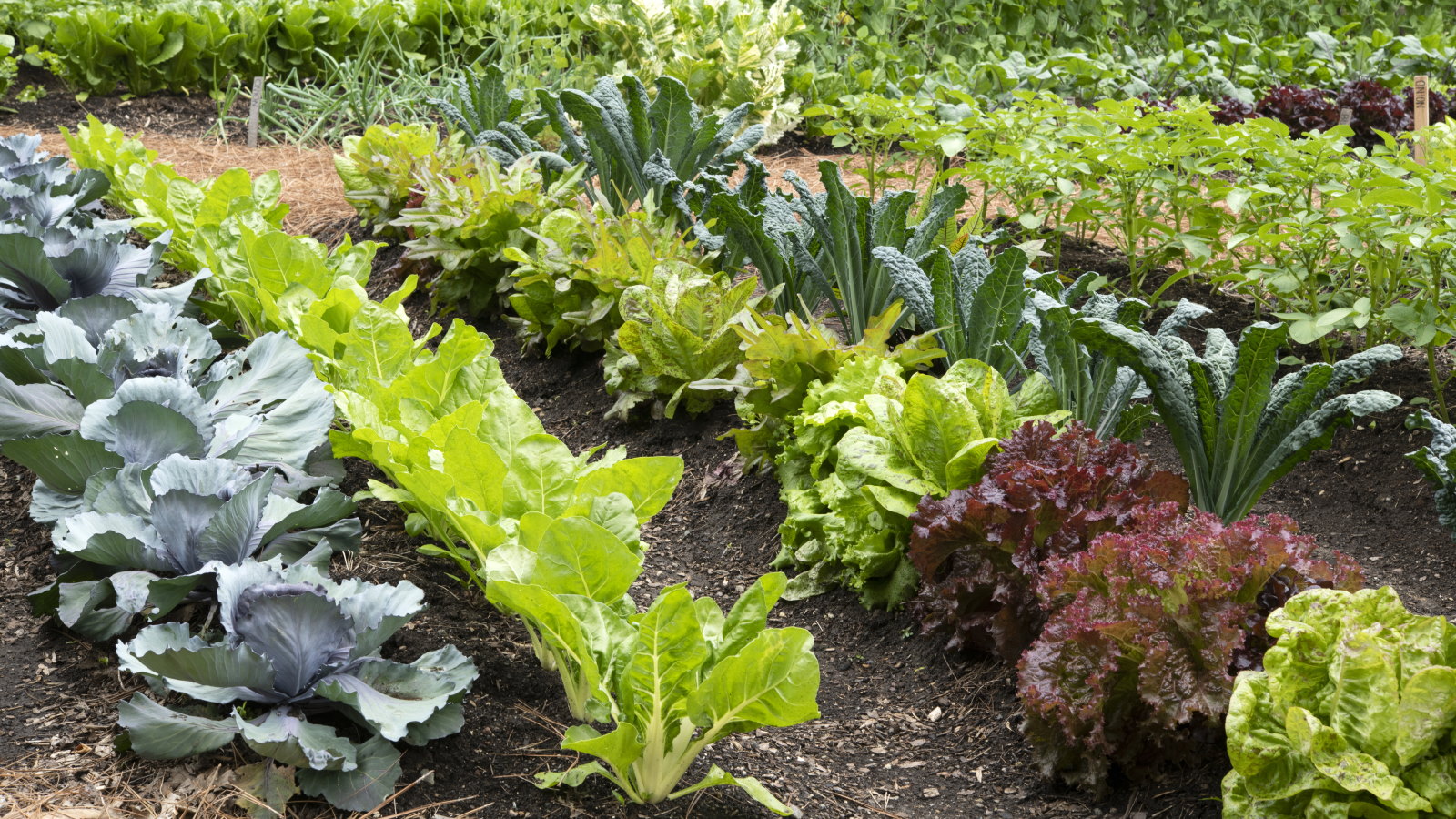

November may be a slow time for sowing and planting in a vegetable garden, but that does not mean there are not some fantastic crops to get in the ground this month. Taking time to plant in November will mean earlier harvests next year, as the crops can bed down roots before winter arrives.
While the month is often more focused on tidying the plot and harvesting the hardy winter crops, it is also a great time to get ahead. There is a great selection of vegetables to plant in November that can get established early, including many legumes, alliums, and salads. The crops can overwinter outdoors in the vegetable garden and burst into life again in spring.
First sowings in November can mean a long harvesting season for any crops which can be planted in fall and spring. Plus, there is scope to plant some leafy crops indoors in November to harvest throughout the winter.
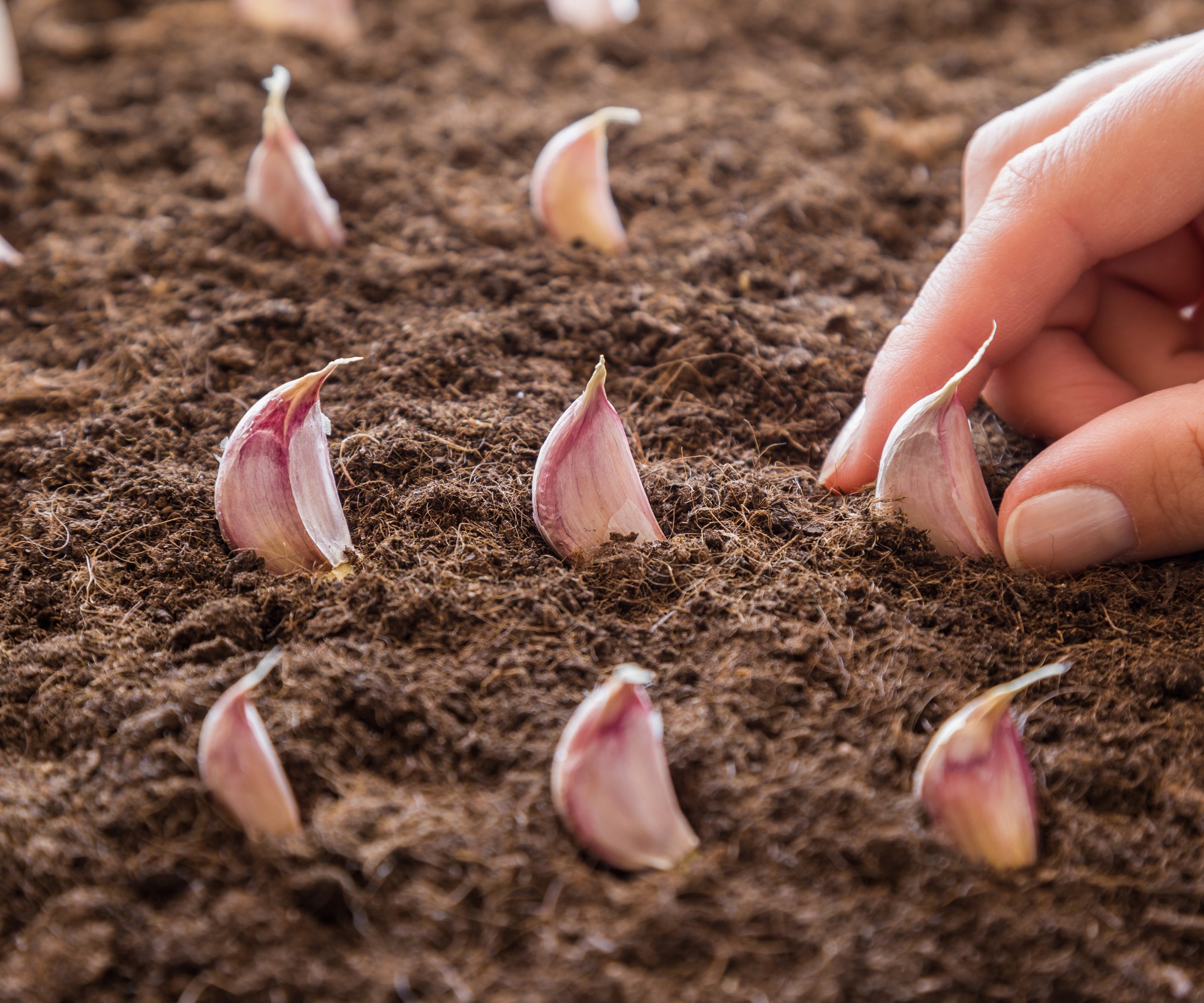
Garlic is a popular vegetable to plant in November
Vegetables to plant in November
I grew vegetables year-round for chefs in vegetable gardens in the UK, which involved sowing, planting, and harvesting crops 12 months a year. This included growing microgreens indoors throughout the winter months.
November may traditionally not be the most productive time for a kitchen garden, but it can still be a hive of activity with crops to get in the ground and vegetables to harvest.
To help you plan a fall gardening checklist and when to plant vegetables, here are my recommendations for seven great vegetables to plant in November:
1. Fava beans
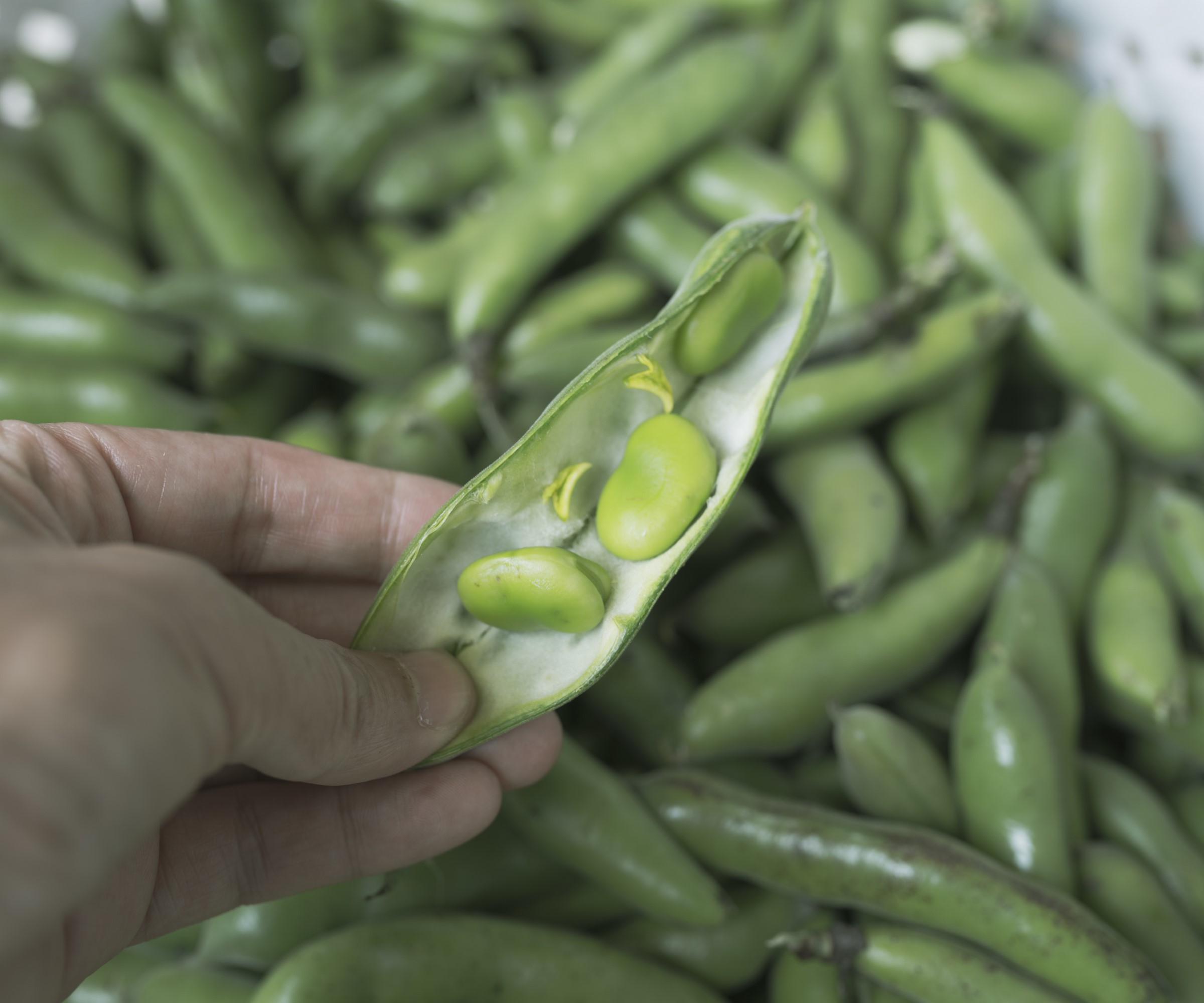
Fava beans sown in fall can provide an earlier spring crop
Fava beans, a crop also known as broad beans, are versatile vegetables and the shelled beans are used in a wide range of recipes. Fava beans can either be sown in fall or in spring, and beans sown in November will give you an early harvest of fava beans in May or June. The plants are a common crop in kitchen gardens and you can also grow fava beans in containers.
Whether you sow in the fall or not may depend on your soil type or US hardiness zone. If you have heavy soil, a plot liable to waterlogging, or live in a climate with very cold and wet winters, then you are better off waiting until spring to sow outdoors.
When planning to plant fava beans in November, choose a hardy variety - such as ‘Aquadulce’ - and sow beans at least nine inches apart. Simply push the beans two inches deep into the soil and they should germinate quickly, within a few weeks. You can get organic Fava bean ’Aquadulce' seeds from True Leaf Market.
2. Peas
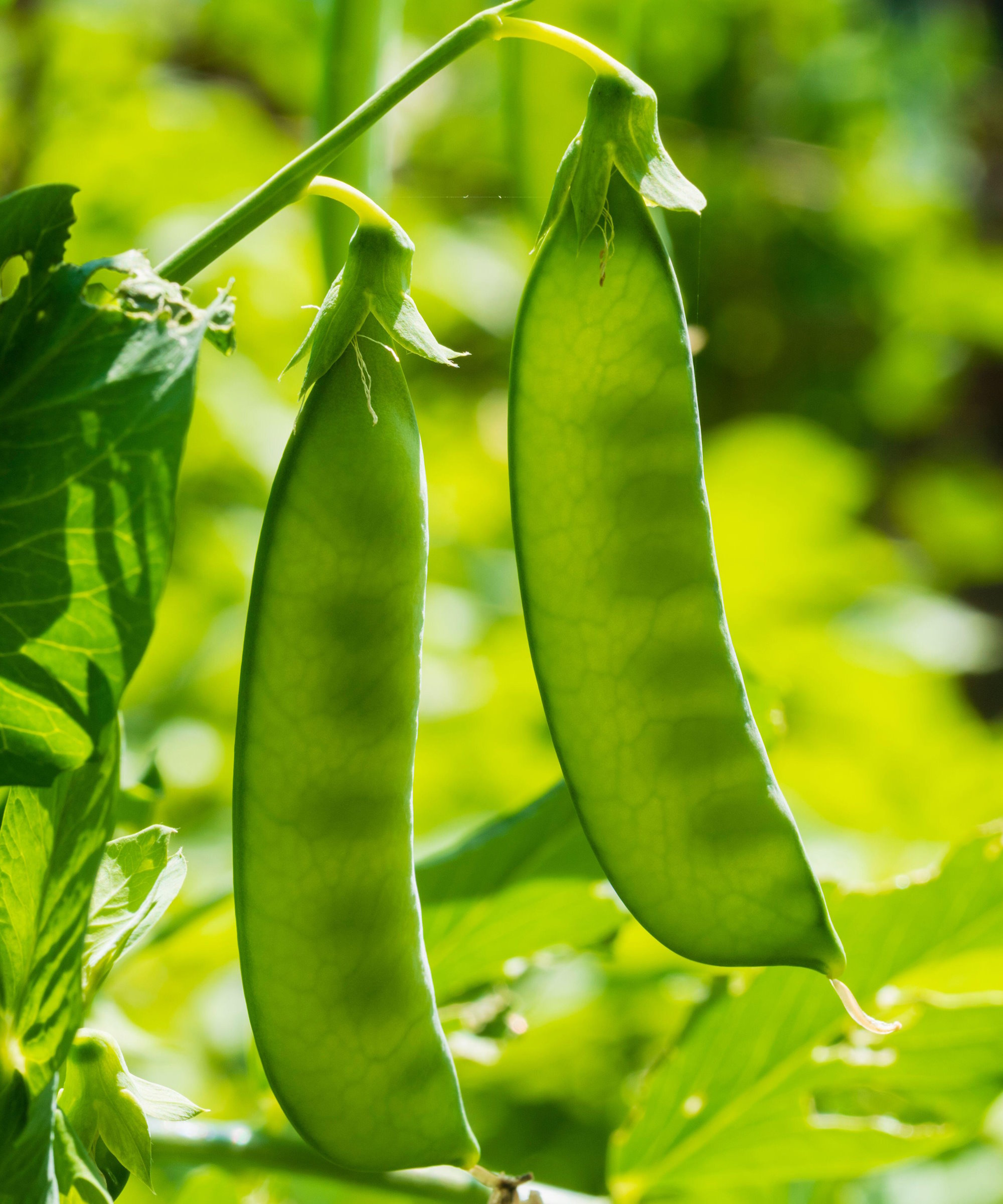
Choose a hardy type of pea for a November sowing
November is an ideal time to plant early and hardy types of peas in the vegetable garden. These cold-hardy crops will germinate quickly in the moist fall soil and overwinter without any struggles with the winter cold, ready to provide a crop in early spring.
Any planting site mustn't waterlog over the winter, as the peas are likely to rot sitting in cold and sodden soil for long periods. The type of pea you choose to sow in November is also going to be key. They need to be hardy types, with the likes of ‘Meteor’ and ‘Kelvedon Wonder’ two classics that fit this bill. Make sure the peas you choose are smooth-skinned, rather than wrinkled seeds - as the latter will hold water and are best for spring sowings. See the range of pea seeds available at True Leaf Market.
Any November sowings will be at risk from mice, who love eating pea seeds during the winter. So taking precautions against them is key, and it is going to be the same with sweet peas planted in the fall. Use barriers or try companion planting with allium crops that produce scents that can stop mice from eating sweet pea and pea seeds, or you risk losing all the ones you have sown quite quickly.
3. Salad leaves

Mizuna comes in red and green-leaved types
There are many different types of salad leaves to sow in November, to provide a harvest throughout the colder winter months. Winter leaves are fast-growing vegetables that can be sown in October and November, whether they are grown as fall crops for a greenhouse or raised indoors on a bright windowsill. Leafy crops such as mizuna, claytonia, corn salad, mustards, and spinach are all hardy plants that can grow outdoors or indoors over the winter months.
Growing lettuce indoors, or any other leafy crops, is very simple, provided you have a container with holes for drainage that is filled with a quality potting mix. A sunny windowsill with a temperature of 50˚F to 60˚F can bring on leaves quickly and you can then harvest when the leaves are large enough to eat.
If you are growing the salad leaves outdoors over winter, then they will develop quicker if you provide some protection from the coldest weather. Growers commonly use plastic covers or fleece if they do not have a protected environment, such as a greenhouse or cold frame, to grow their winter leaves. One example is this plastic row cover and hoops set available at Amazon to offer protection to plants.
4. Scallions
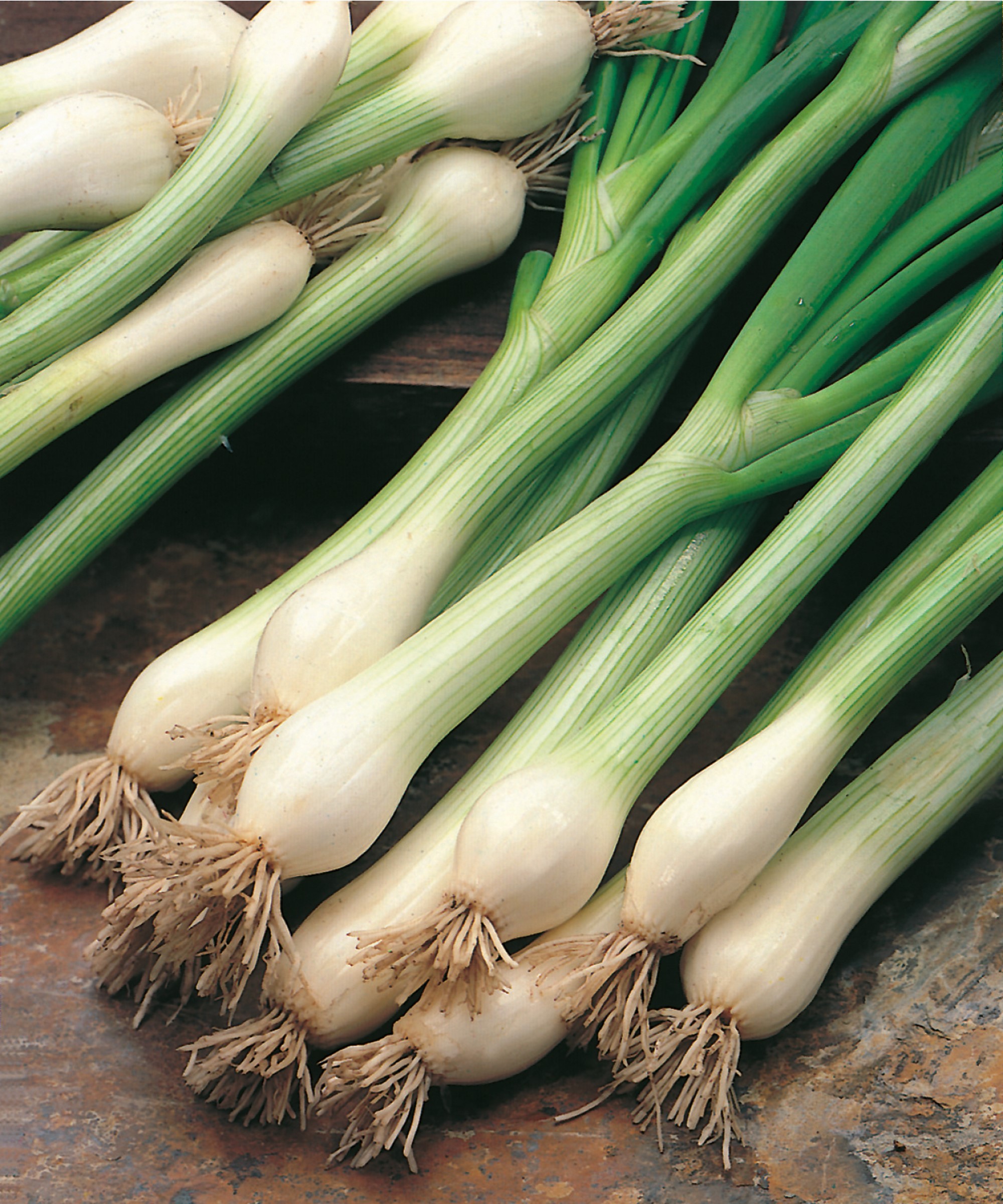
Scallions can be ready to pick 10-12 weeks after sowing
October and November are normally seen as the time to plant onions and garlic in the garden, but there is another allium crop that it's possible to sow in November. That crop is scallions, also known commonly as spring onions. You can get hardier varieties of these fast-growing crops to sow in November to overwinter and provide a harvest of stalks, which have a mild onion flavor, come the following spring.
You can grow the hardiest varieties of scallions, including ‘Performer’ and ‘White Lisbon’, virtually all year round. Thinly sow seeds directly onto their growing site in drills around half an inch deep. Once they have germinated, seedlings are best thinned to about two inches apart. Scallions can be grown outdoors in the ground over winter, and in pots (or indoors) for speedier harvests.
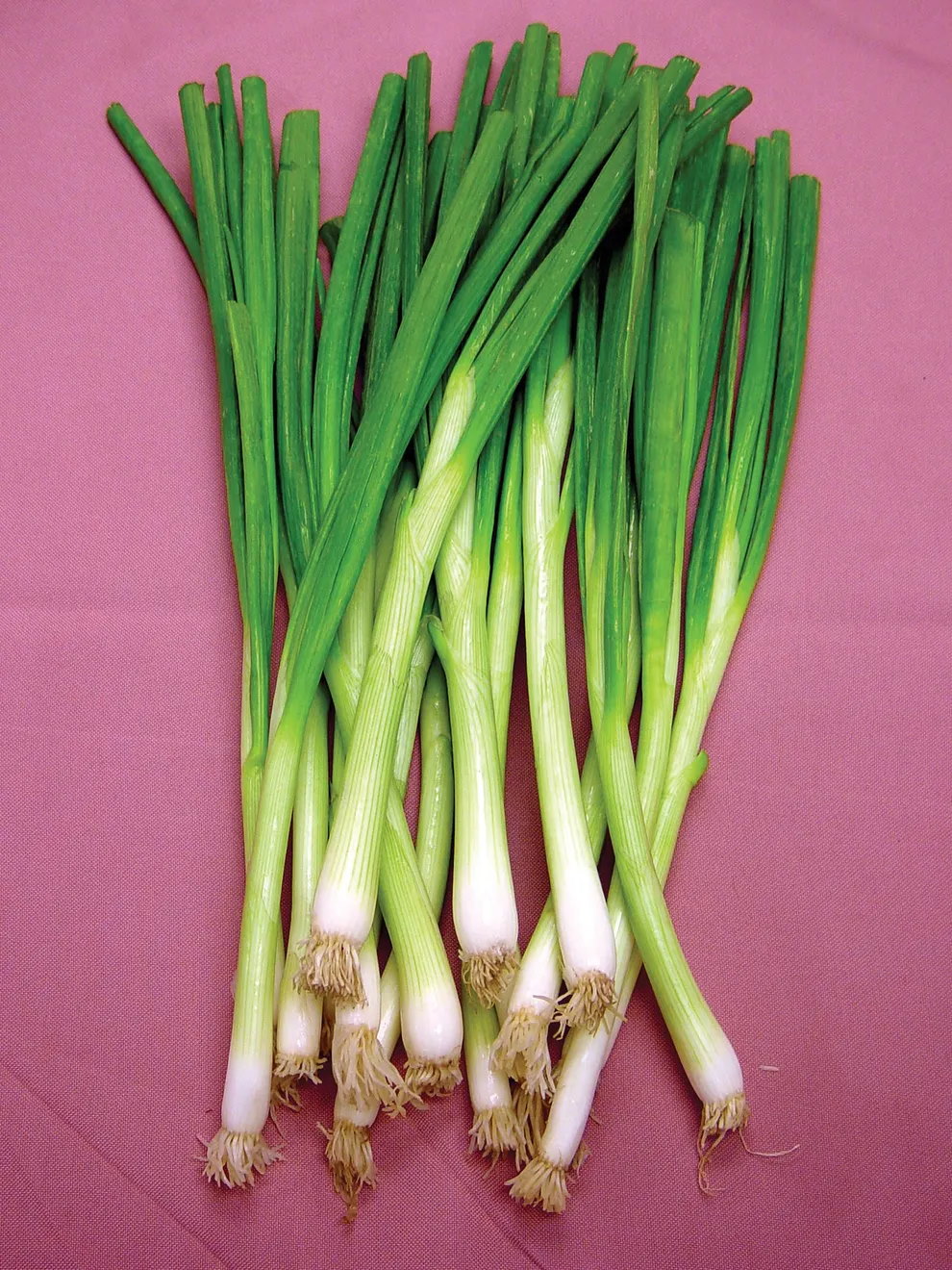
A hardy, mild-flavored, fast-growing onion that does not form a bulb. One of the most popular bunching onions among American gardeners
5. Shallots
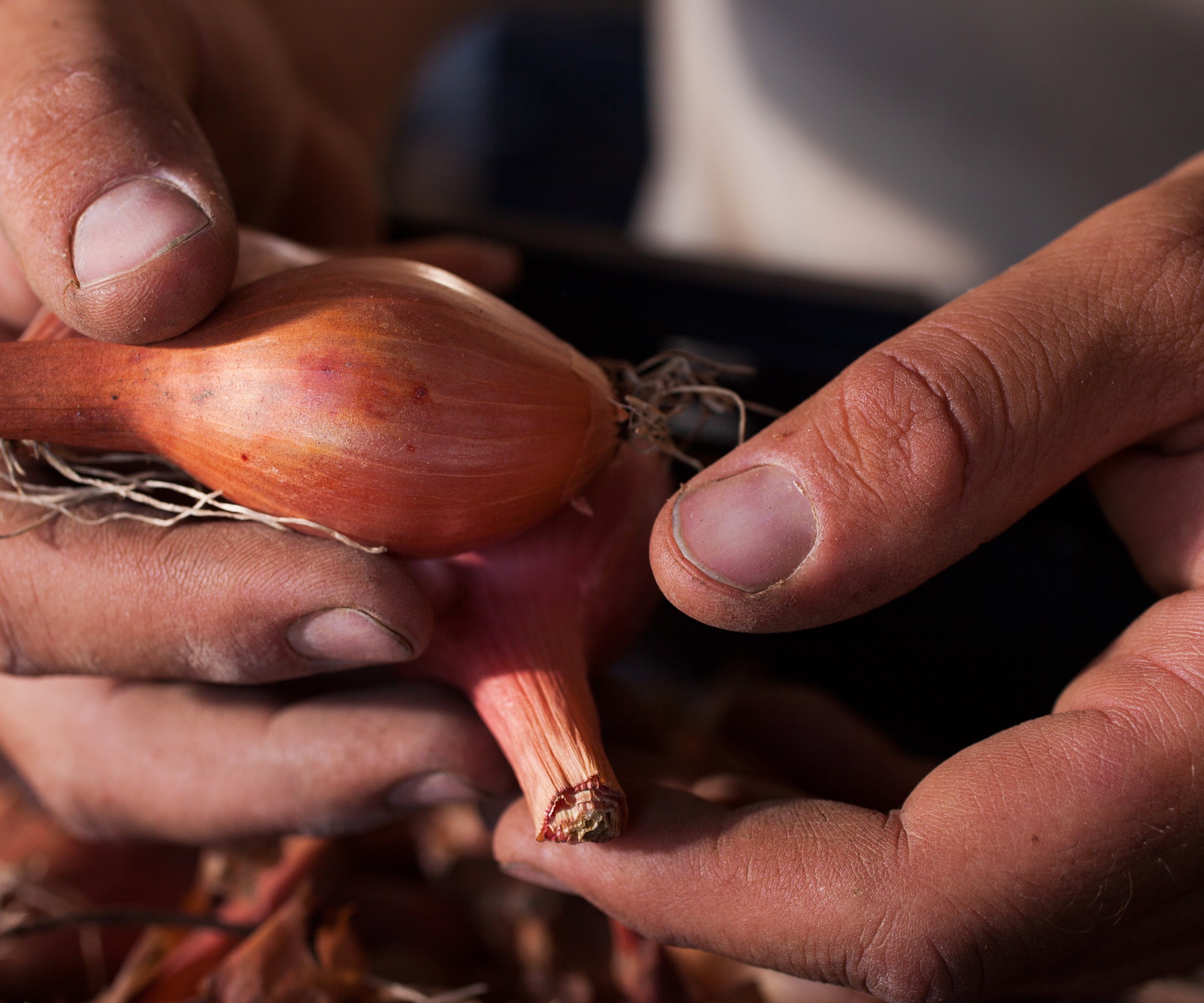
Shallot sets are planted in the fall, or you can grow the crop from seed
Shallots are not as commonly grown as onions, but these fantastic allium crops have a milder flavor and can be used in many dishes. Shallots come in round or elongated shapes, with different types found in a range of colors and flavors.
Growing shallots can be easily done from sets planted in late fall or early winter. Each set splits into numerous shallots to harvest - it is common to get six to eight shallots from each set planted when the time comes to harvest shallots next summer.
Plant a set into a hole with just the tip showing above the soil surface and space each set around six inches apart.
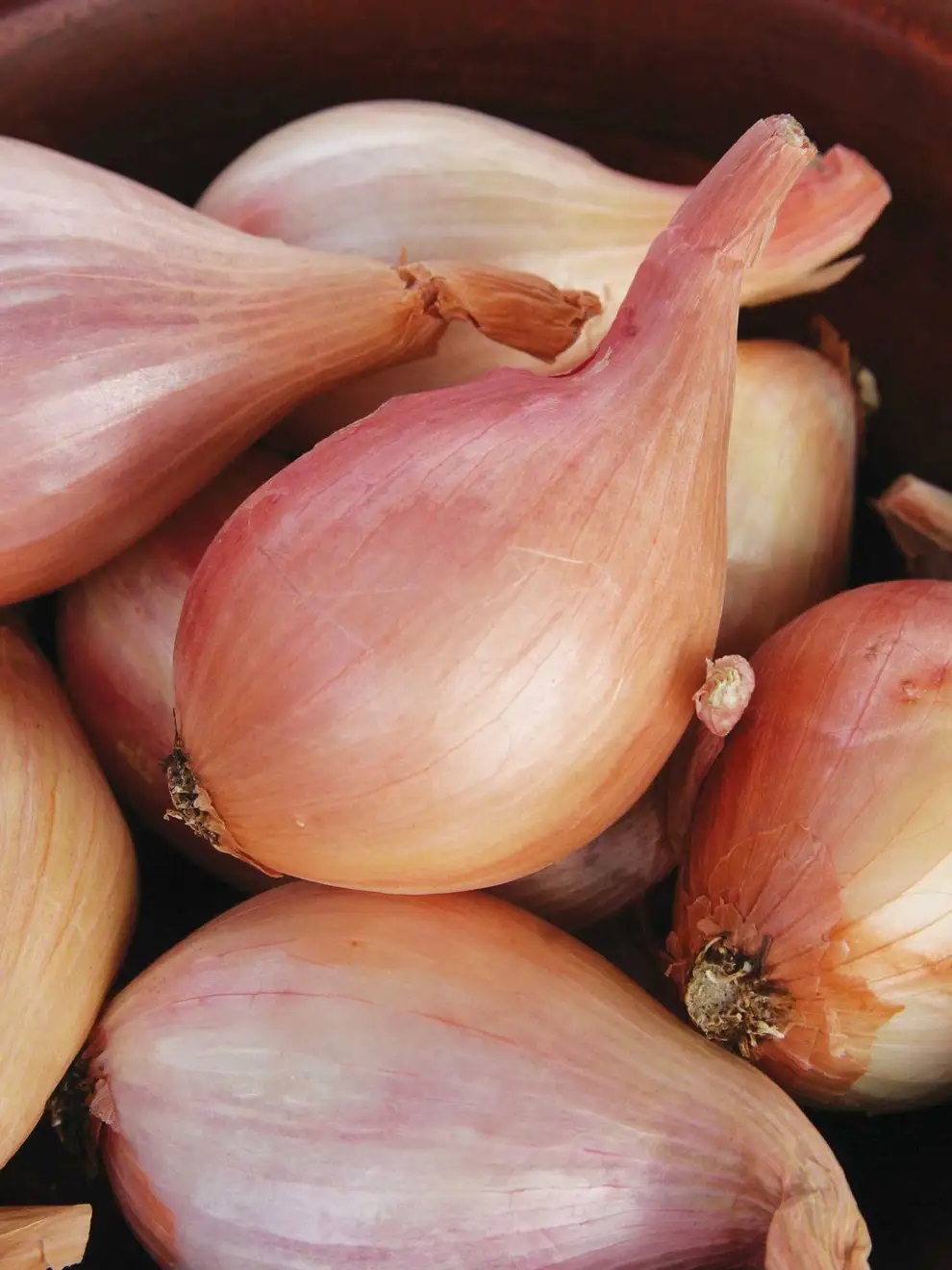
Shallot 'French Red' is naturally sweet and mild in flavor. The plants produce an abundance of 1-2" diameter bulbs that are sweet and similar to a green onion flavor
6. Elephant garlic
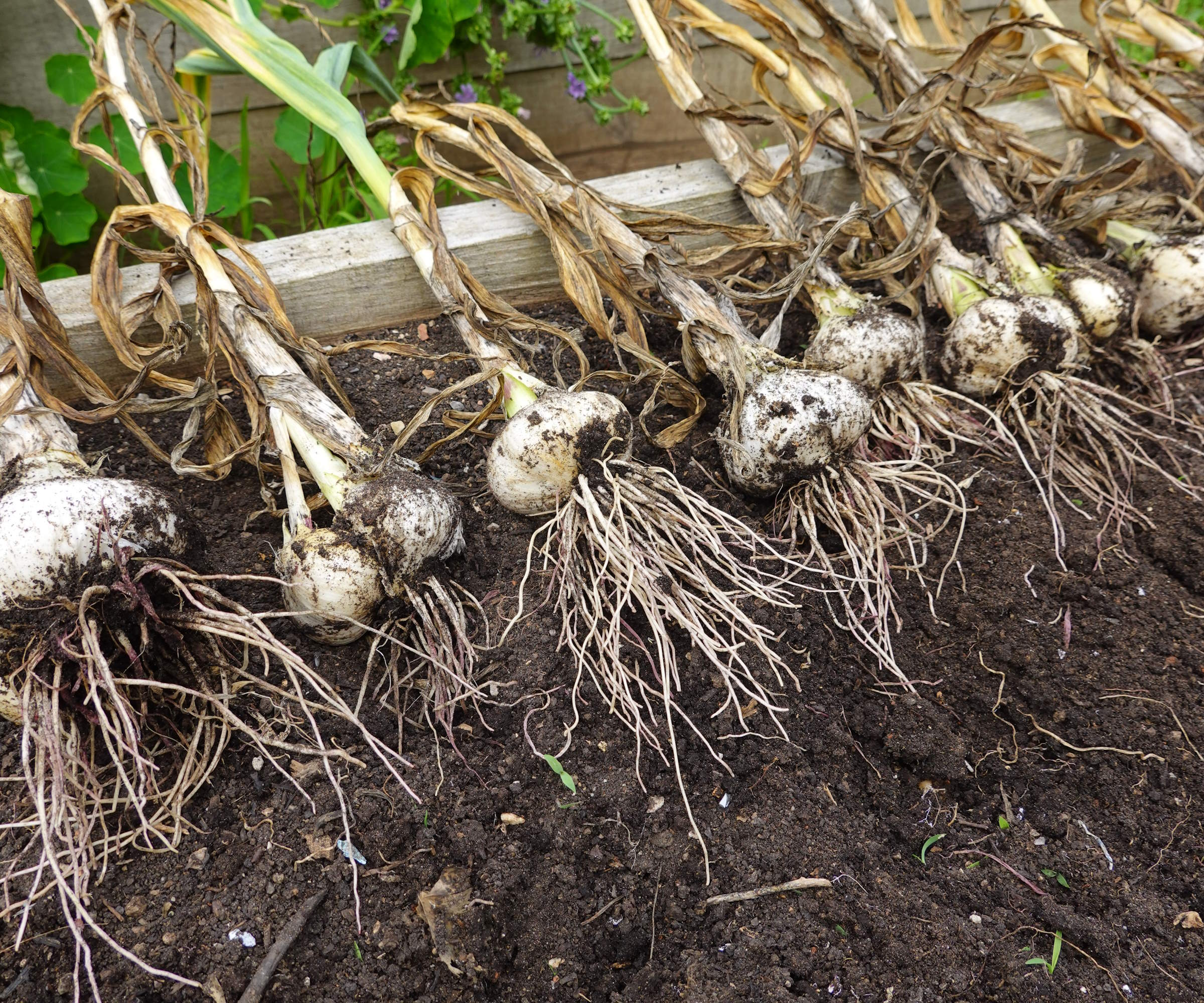
Planting elephant garlic in November gives it time to split into individual cloves
November is often a popular time amongst growers to plant garlic, but it is also the ideal time to start growing elephant garlic. Producing large baseball-sized bulbs, elephant garlic has a milder flavor than regular garlic and wants to be planted in the fall to give the bulb sufficient time to split into individual cloves.
Split an elephant garlic bulb into individual cloves, plant each one 4-6 inches deep and spaced at least eight inches apart. The time to harvest elephant garlic is typically in late summer and, after being cured and dried, the bulbs can be stored for up to 10 months.
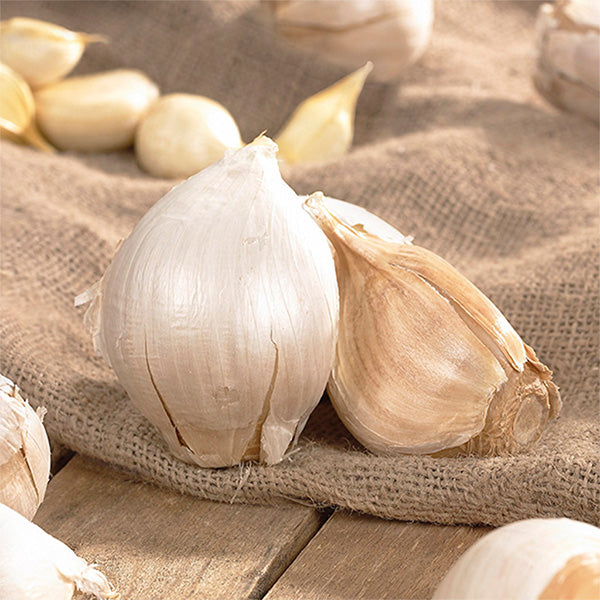
A three-pack of elephant garlic bulbs to plant in the fall and grow in USDA planting zones 5-10. This unique garlic variety produces massive cloves with a mild flavor
7. Asparagus
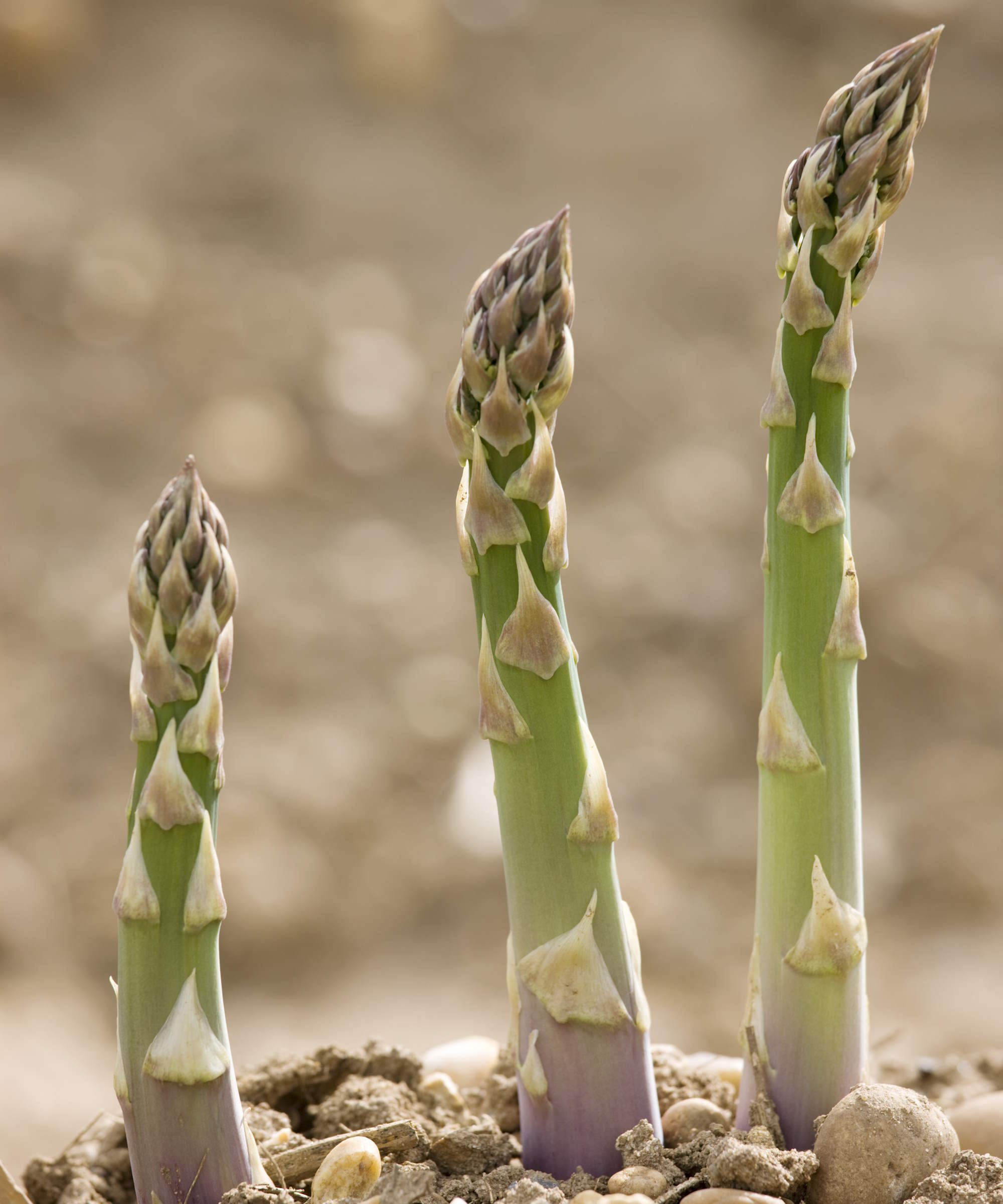
Asparagus comes in green, purple, and white varieties
Asparagus is a highly-prized perennial vegetable. Growing asparagus requires care and patience as it is not a simple vegetable to grow. There is only a short time to harvest asparagus in late spring and early summer, and you need to wait two years from planting to harvesting the first spears. However, established clumps can survive and provide harvests for up to 20 years.
The time to plant asparagus has traditionally been in spring, though you can plant crowns in the fall in warmer climates. If you have milder winters and warm soils at the start of November, asparagus crowns can get established quicker by being planted in the fall.
FAQs
Can I sow carrots in November?
The usual time to sow carrots is from spring through to late summer. So, is November too late for growing carrots? In warmer climates, carrots could potentially be sown in November to grow under kitchen garden cloches. The alternative is to sow carrots in a deep raised bed in a greenhouse or grow carrots indoors over winter, though the crop will likely require grow lights to give them sufficient levels.
We have covered planting vegetables in November, but are you searching for more jobs for this month’s gardening to-do list? If yes, see our guides to plants to prune in November and tender plants to bring indoors this month to protect them from the winter weather. Caring for your trees, shrubs, and perennials at this time of year, whether pruning them or protecting them, ensures they will be healthy for next year and give you a great flowering display.
Sign up to the Homes & Gardens newsletter
Design expertise in your inbox – from inspiring decorating ideas and beautiful celebrity homes to practical gardening advice and shopping round-ups.

Drew’s passion for gardening started with growing vegetables and salad in raised beds in a small urban terrace garden. He has worked as a professional gardener in historic gardens and specialises in growing vegetables, fruit, herbs, and cut flowers as a kitchen gardener. That passion for growing extends to being an allotmenteer, garden blogger, and producing how-to gardening guides for websites. Drew was shortlisted for the New Talent of the Year award at the 2023 Garden Media Guild Awards.
-
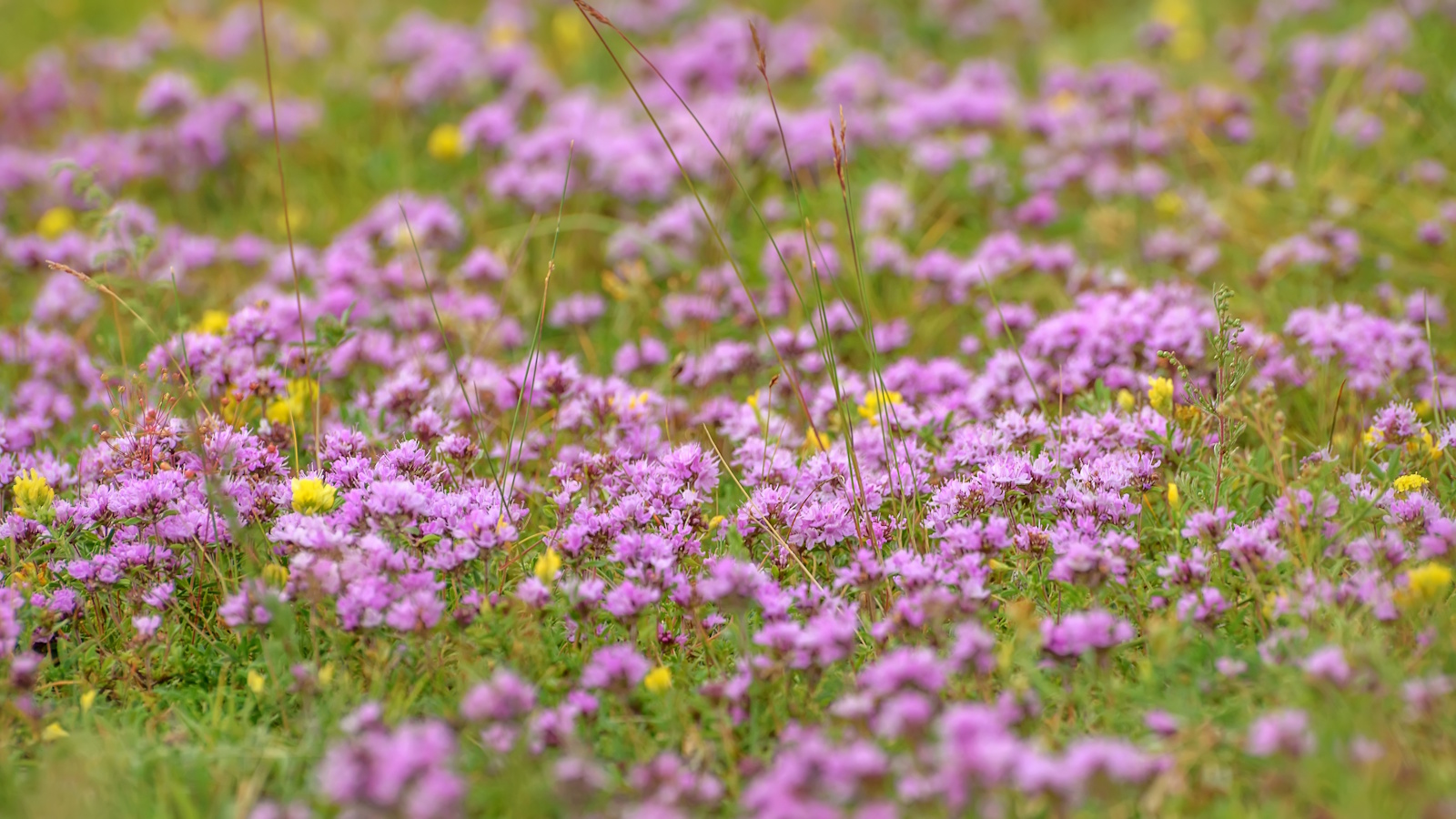 5 fast-growing tiny flowers – expert recommendations to fill your pots and borders with color in record time
5 fast-growing tiny flowers – expert recommendations to fill your pots and borders with color in record timeThese fast-growing tiny flowers prove that miniature can also be marvelous
By Thomas Rutter
-
 Midimalist kitchens are the trending way to create a characterful yet clutter-free space – and these 8 spaces prove how chic this best of both worlds style can be
Midimalist kitchens are the trending way to create a characterful yet clutter-free space – and these 8 spaces prove how chic this best of both worlds style can beIt's the go-to kitchen style for a balance of busy and simplistic design
By Molly Malsom
-
 7 of the best tomatoes for growing in pots – expert growers pick their top varieties ideal for large harvests from containers
7 of the best tomatoes for growing in pots – expert growers pick their top varieties ideal for large harvests from containersYou can enjoy bumper homegrown harvests in small spaces
By Drew Swainston
-
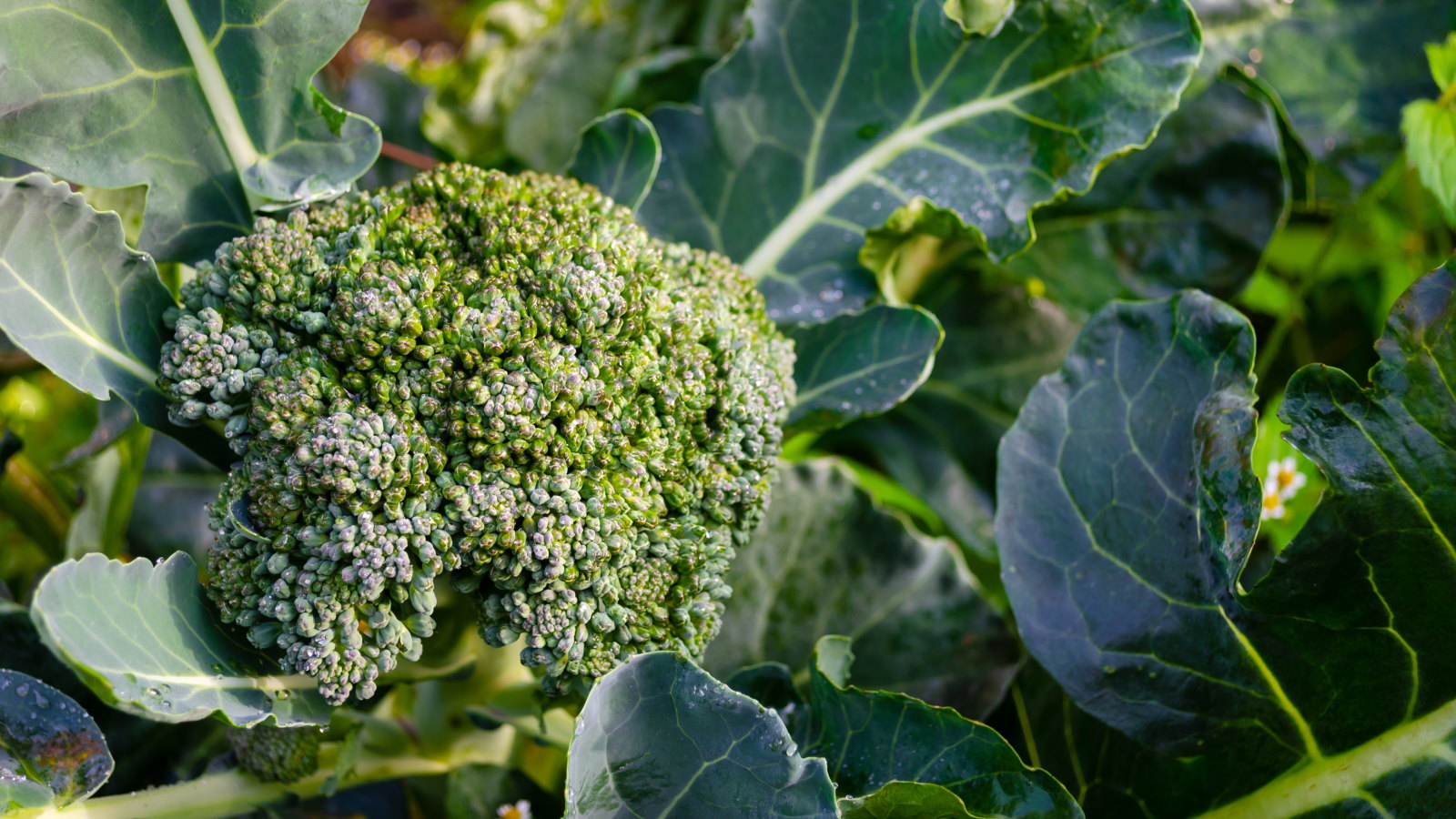 These 5 plants can help you get the best, and potentially tastiest, broccoli ever – discover what to plant with broccoli, and what to avoid
These 5 plants can help you get the best, and potentially tastiest, broccoli ever – discover what to plant with broccoli, and what to avoidOur selection of vegetables, herbs, and flowers is perfect for companion planting with broccoli
By Drew Swainston
-
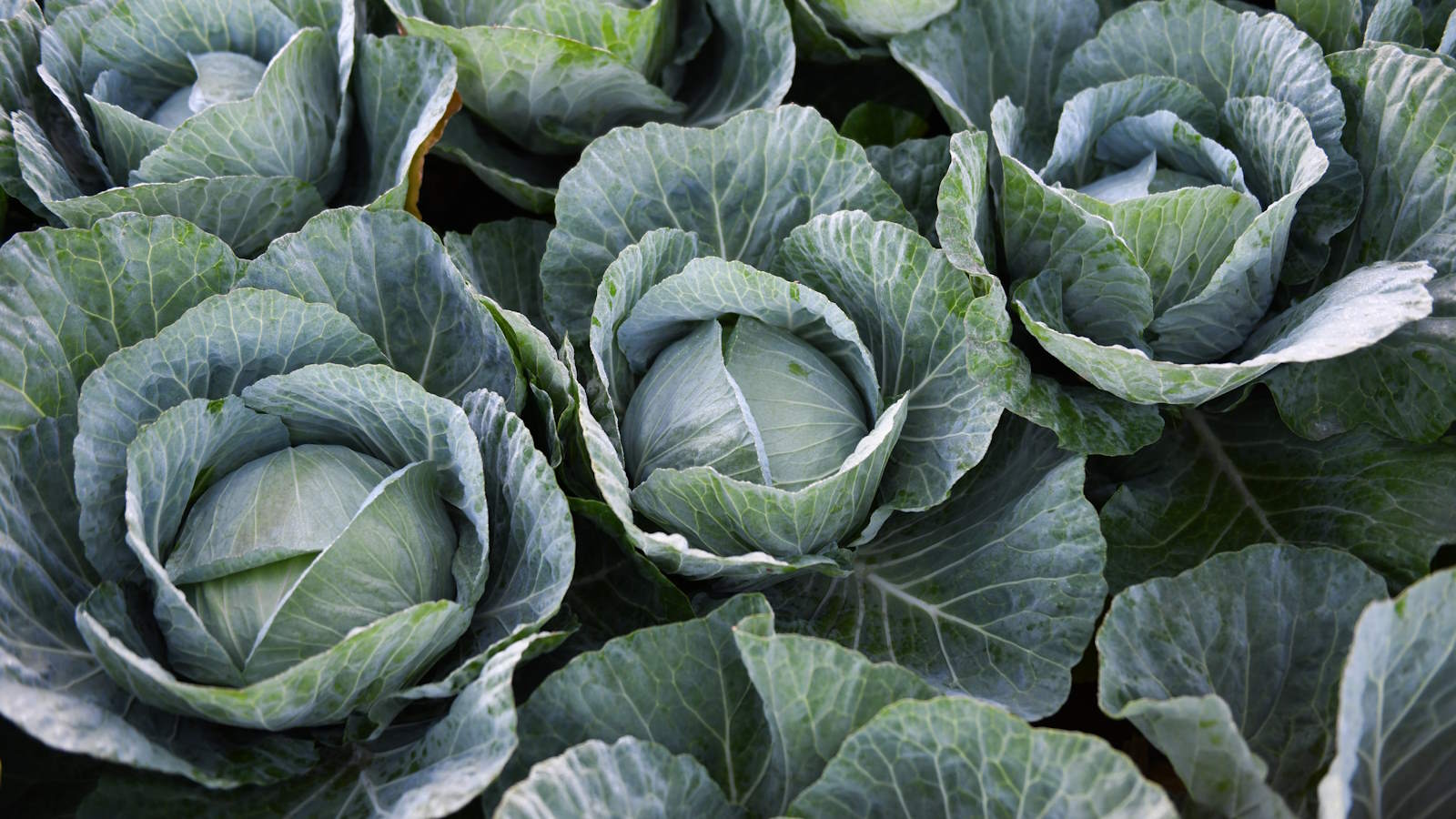 How to grow cabbages in containers – expert tips for top harvests in small urban spaces
How to grow cabbages in containers – expert tips for top harvests in small urban spacesYou can grow lots of different cabbages in pots, troughs, grow bags, or buckets
By Drew Swainston
-
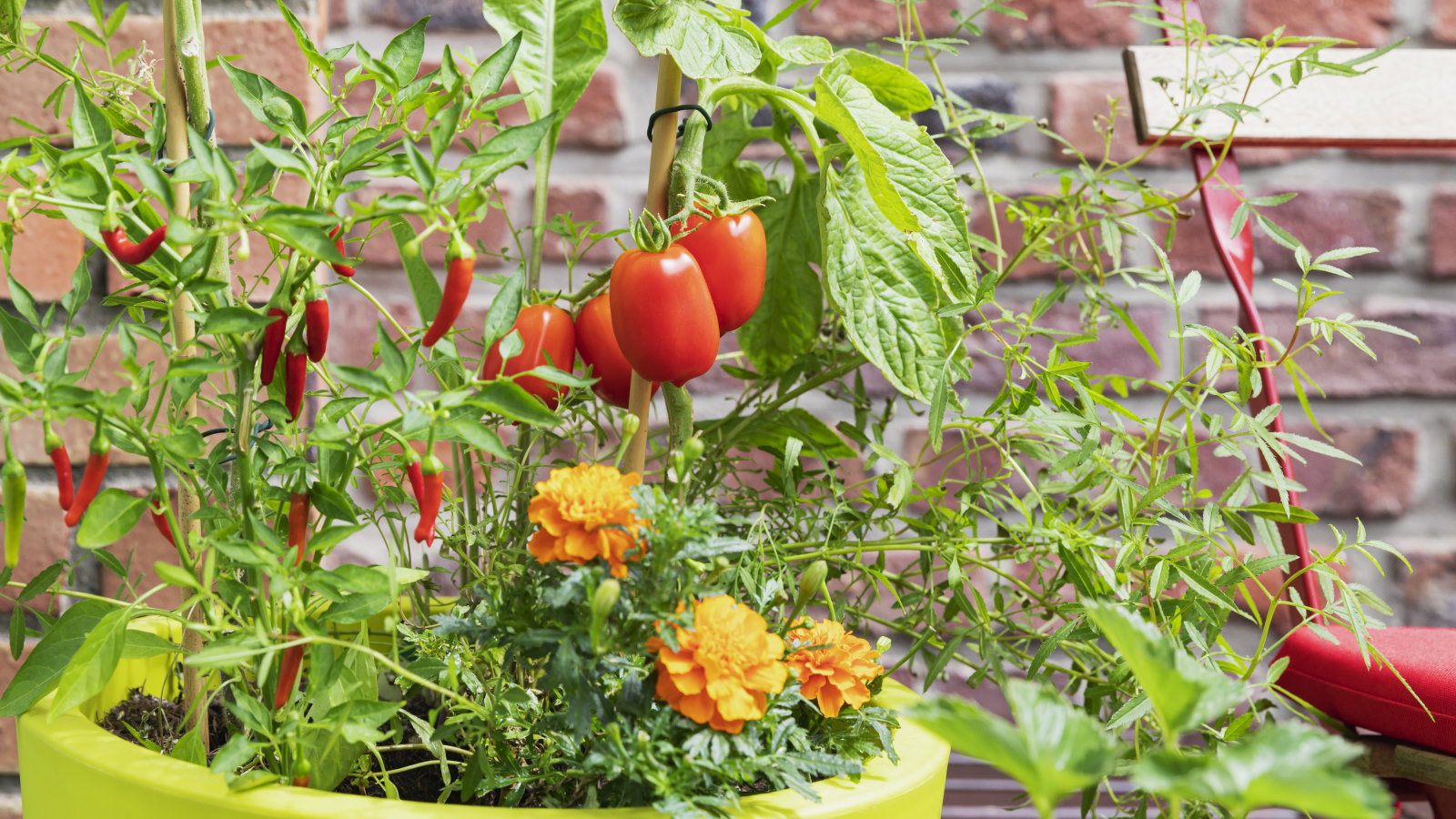 You'll get the best homegrown tomato crops if you plant them next to this one flower – discover why these two are a dream combination
You'll get the best homegrown tomato crops if you plant them next to this one flower – discover why these two are a dream combinationYour tomato plants will be pest-free and covered in fruits
By Drew Swainston
-
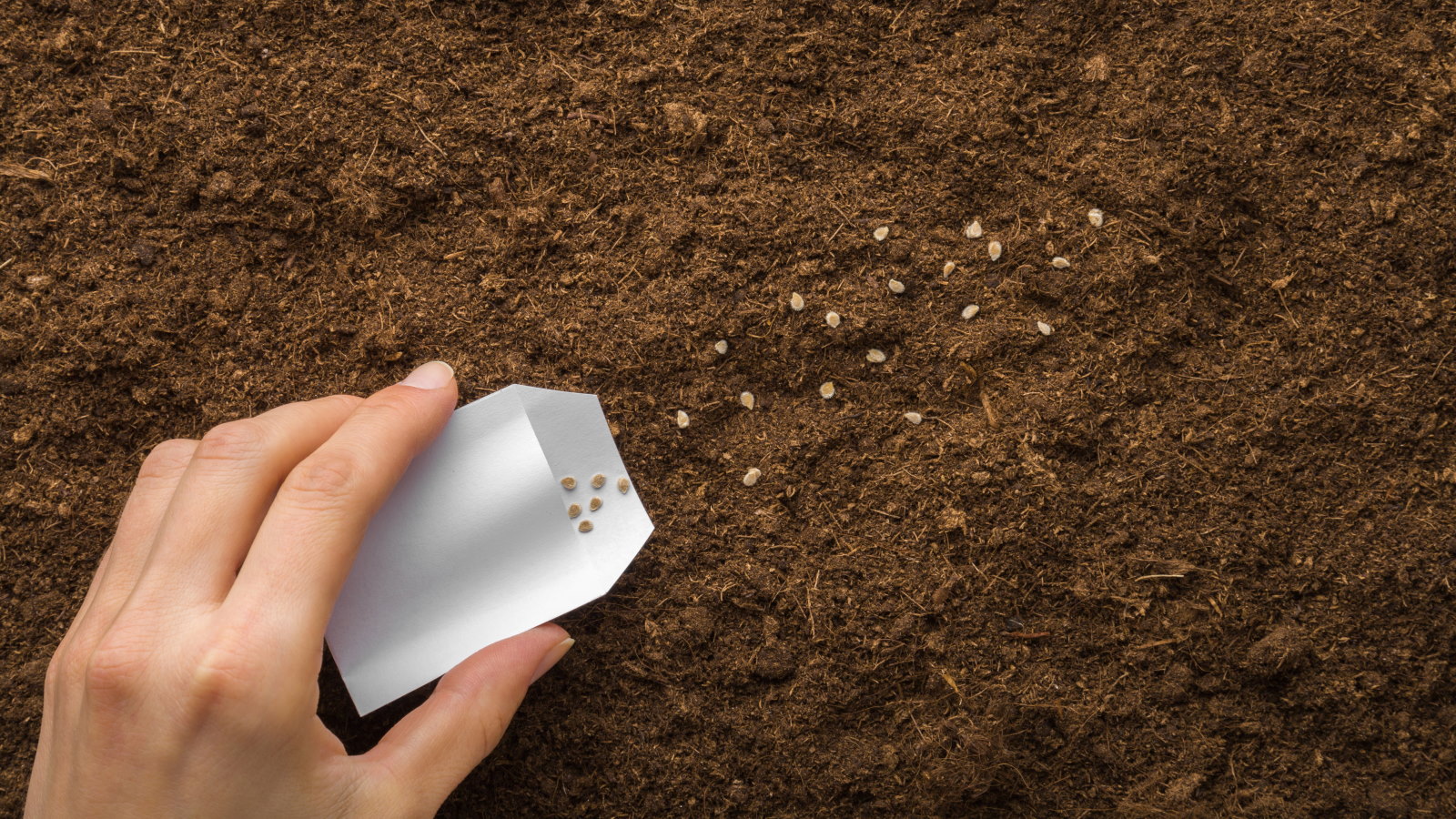 Direct sowing vs transplanting – our grow-your-own expert advises which is best, and shares 5 veggies you should always sow directly
Direct sowing vs transplanting – our grow-your-own expert advises which is best, and shares 5 veggies you should always sow directlyBoth approaches to sowing vegetables have pros and cons
By Drew Swainston
-
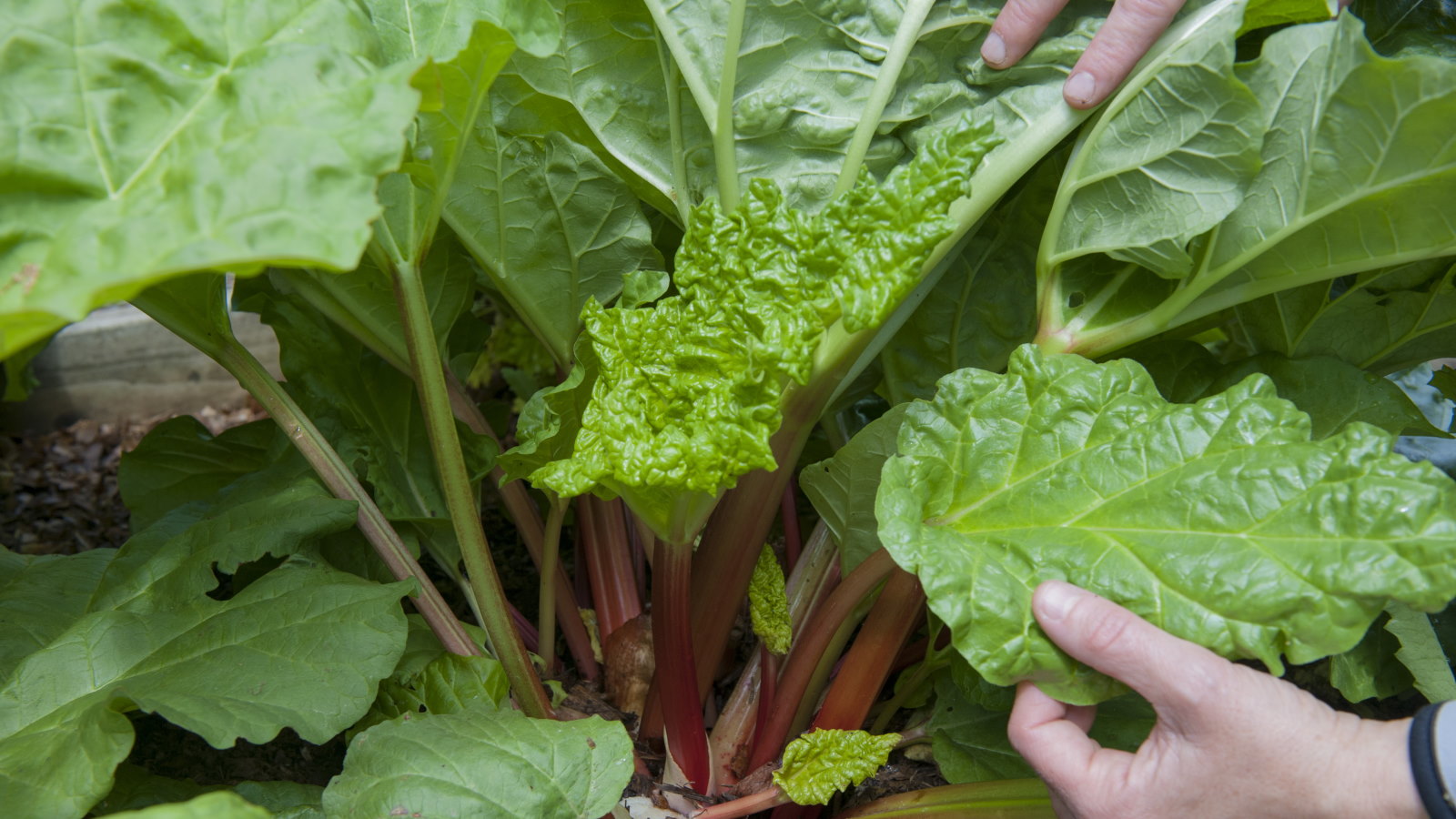 I grew rhubarb from seed for years – here’s exactly how to do it for guaranteed germination and healthy crops of fruit
I grew rhubarb from seed for years – here’s exactly how to do it for guaranteed germination and healthy crops of fruitGrowing rhubarb from seed is a cost-effective way to propagate plants, but it requires care and patience
By Drew Swainston
-
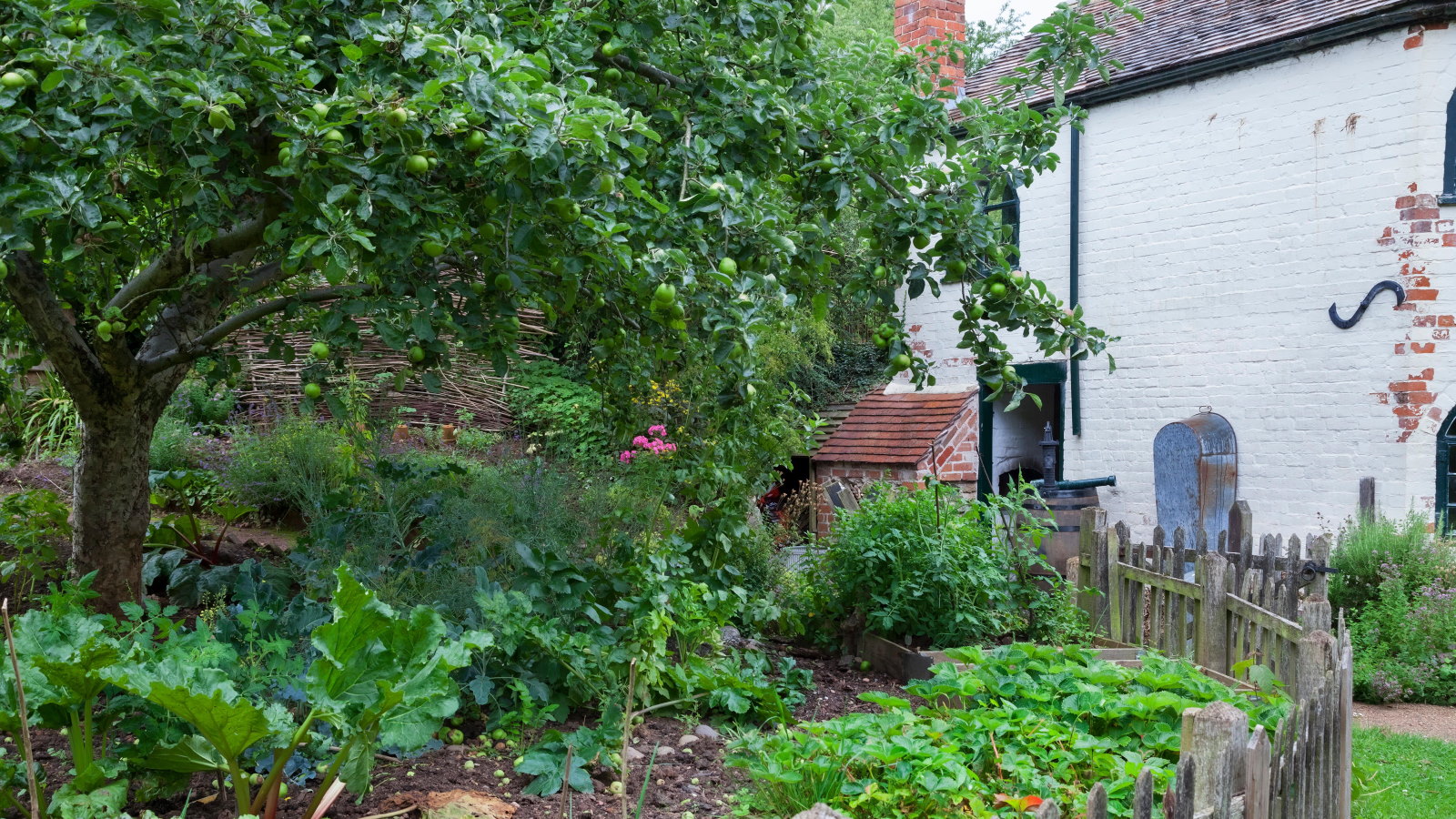 4 reasons you should plant trees in a vegetable garden – plus experts reveal the secrets to help you reap the rewards
4 reasons you should plant trees in a vegetable garden – plus experts reveal the secrets to help you reap the rewardsSee how agroforestry principles can help boost your soil and harvests
By Drew Swainston
-
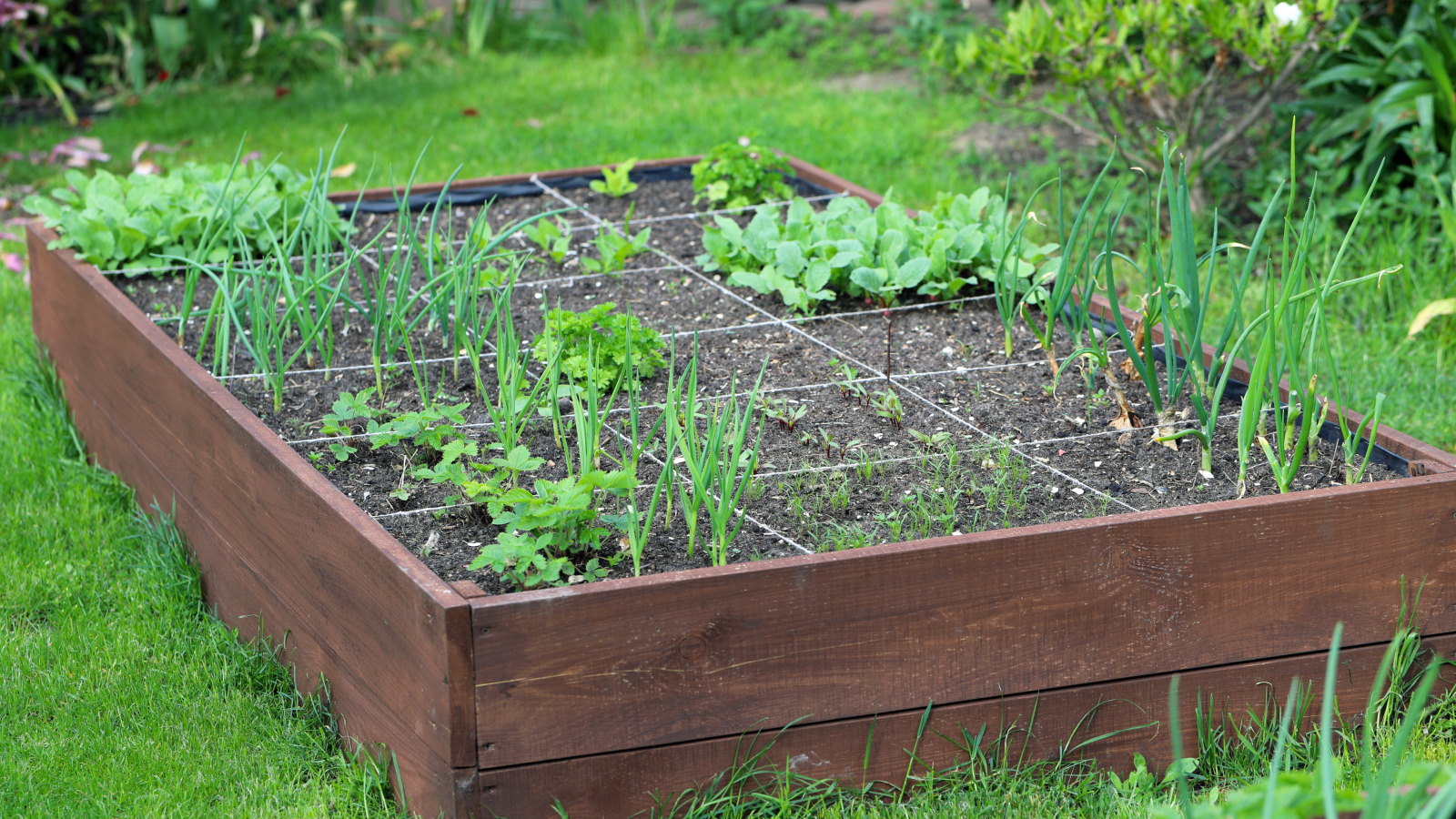 9 of the best vegetables to grow using the square foot gardening method – for big harvests in small spaces
9 of the best vegetables to grow using the square foot gardening method – for big harvests in small spacesPlus how many of each vegetable can be grown per square foot
By Drew Swainston